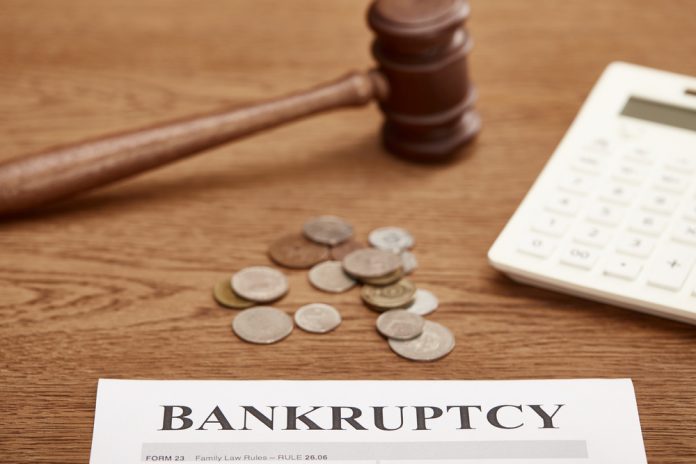What is bankruptcy? At its simplest, bankruptcy is a process of giving a business or an entrepreneur a second chance to venture into business. Legally, it is a proceeding by the court to evaluate the liabilities and assets of an individual or company and ascertain whether they can pay their debts or not. When a court of law declares a business or an individual bankrupt, they are officially termed unable to pay what they owe others.
Being declared bankrupt can help you to start over your business in a capitalist economy. While filing for bankruptcy may seem like a nightmare for many companies, it is as simple as following the right procedure. This article gives you the five tips you should follow when you intend to file for bankruptcy in your state.
Some tips to help you file for bankruptcy
1. Know when you are ready
When is the right time to file for bankruptcy? There is no perfect time to file for bankruptcy because most of us do not prepare to be bankrupt. We find ourselves in such a mess without much warning. Ideally, knowing the time it will take you to finish paying your debts is essential in determining the right time to file for bankruptcy. Bankruptcy is the right measure to take for you if you do not see yourself paying your debts in the next five years or so. When you have a combination of debts from a mortgage, medical bills, and credit cards, it is time to consider filing bankruptcy.
2. Consider the cost
Nothing comes freely, and filing for bankruptcy is no exception. In the United States, the cost of filing for bankruptcy is between $1,000 to $2,500. However, the fee depends on the complexity of your case. Since you can register for bankruptcy either alone or with the help of a lawyer, you can consider reducing the cost by doing it yourself. You can save up to $700 if you file for bankruptcy alone. All you need is to equip yourself with the administrative procedures involved.
3. Assemble all your financial information
If you are going to file for bankruptcy, you need to keep a detailed inventory of your financial position up to date. Keep a record of all your debts (both current and overdue), income, asset portfolio, and your monthly living expense.
4. Go for counseling
Credit counseling is mandatory for everyone looking to file a bankruptcy petition. For only $100, you can undergo an hour of counseling before proceeding with your petition. The judge will reject your petition automatically if you fail to attend a counseling session from a certified counseling agency.
5. Choose the type of bankruptcy you need
In the United States, bankruptcy is grouped into Chapter 9, Chapter 11, Chapter 12, and Chapter 15. If you are an entrepreneur, then you should go for Chapter 11 bankruptcy. When you file for this type of bankruptcy, your business will continue running. Chapter 12 bankruptcy is ideal for family-owned firms. Get some insights about the different types of bankruptcy before choosing the right one.
Conclusion
Filing for bankruptcy could be the right strategy for saving your business. Do not wait until you run out of cash. Start filing for bankruptcy earlier because most experienced attorneys do not accept credit when offering bankruptcy-filing services. The tips given here should help you go through with your bankruptcy filing successfully.
Find a Home-Based Business to Start-Up >>> Hundreds of Business Listings.

















































